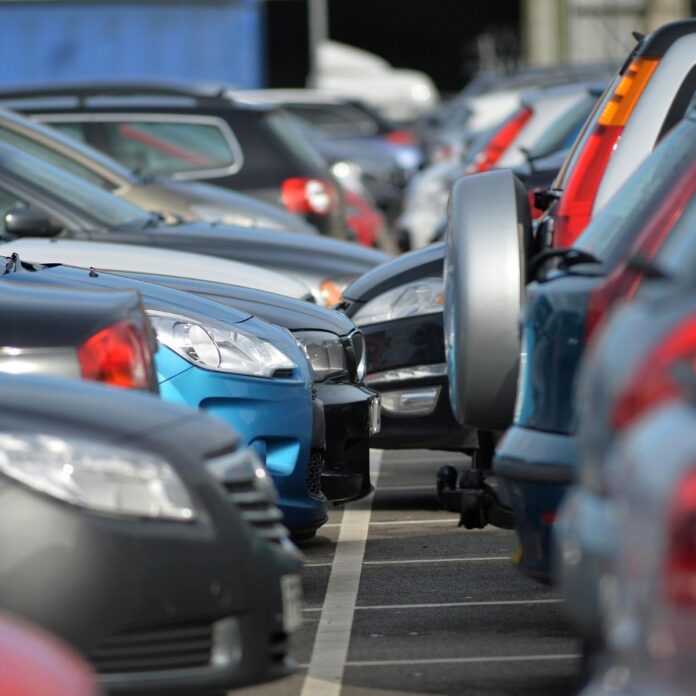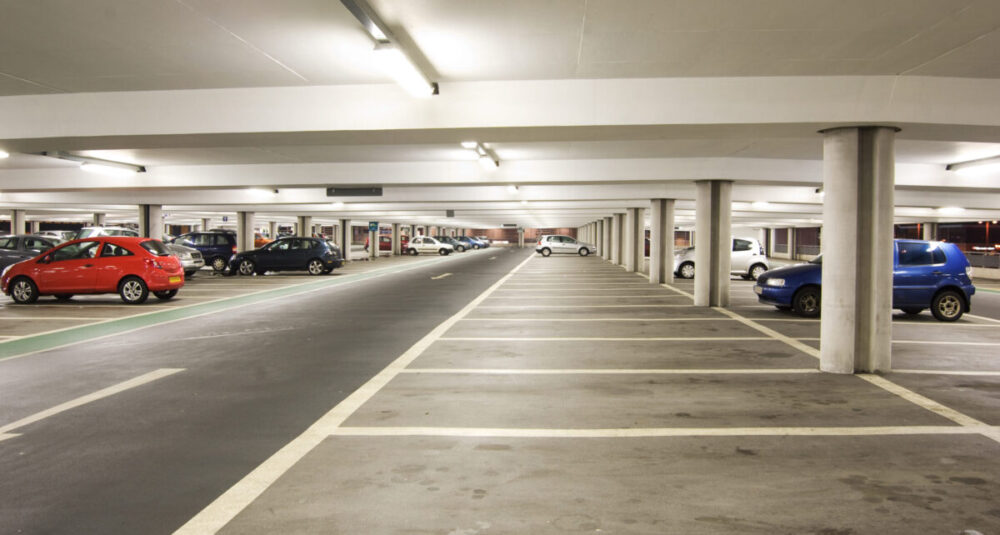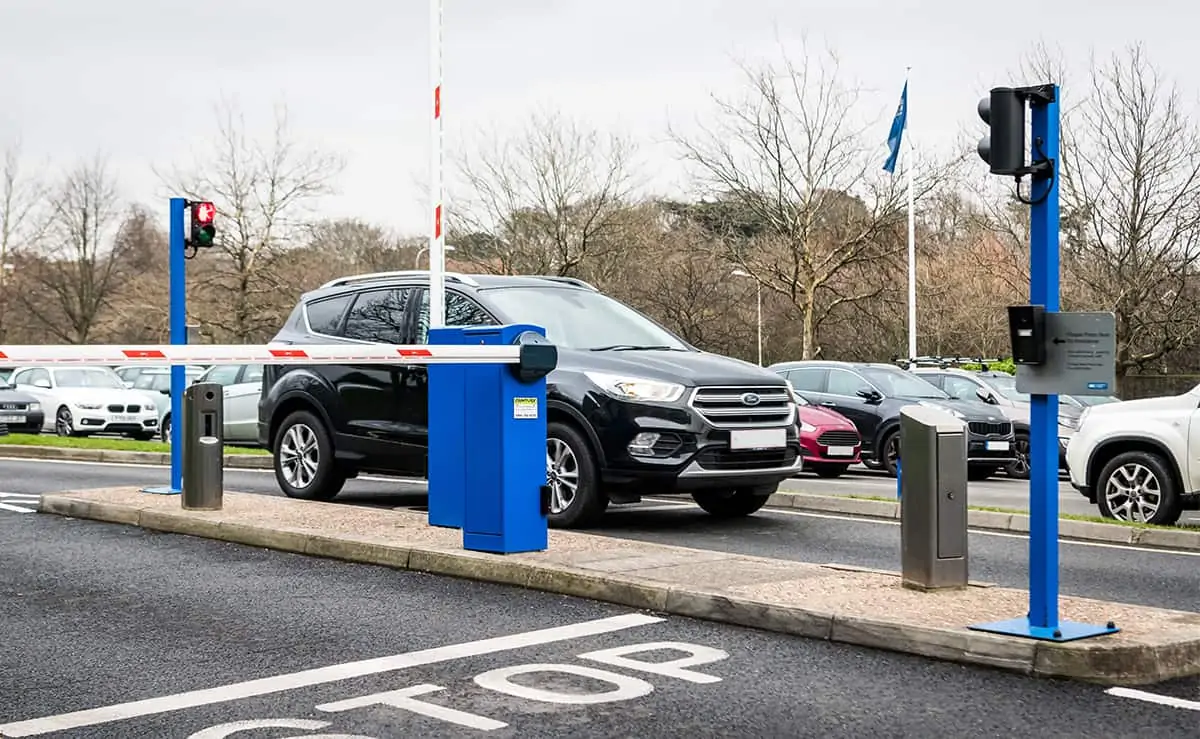
Automatic Number Plate Recognition is a new, exciting and innovative technology that is being used more and more in the UK, particularly for car parks and parking enforcement in general. However, as with anything – it does not come without its limitations. More often than not, complaints come in from car park users who have used parking facilities by the book and paid the correct fee to park, who have STILL been issued a fine. This common occurrence happens due to 3 big problems with ANPR car parks:
1. Human Error Is Not Considered By ANPR Cameras

It’s no secret that instances will occur whereby a car park user will park their car appropriately in a suitable parking bay and go to the payment point, input their registration and pay the correct fee – only to receive a letter with a parking charge a few weeks later!
On reviewing the letter, the customer may notice that they have pressed an incorrect letter key accidentally when purchasing their pay and display parking ticket. ANPR cameras don’t see this and therefore, issue the ticket based on your registration. Unfortunately, at this point, your only choice is to contact the company who have issue the fine and provide evidence that you paid for parking and made a human error in recording your registration number.
In most cases, it is at the discretion of the parking enforcement company whether they wish to proceed in requesting the fine from you. This can be incredibly frustrating for many people when they have – in theory – paid what they had to in order to use the parking facilities. When using a pay-and-display machine within an ANPR car park, be mindful of the fact that Automatic Number Plate Recognition does not take human error into account.
2. Obstructions To ANPR Camera Can Cause Problems
Technology, such as ANPR, is certainly not infallible. It has been known that motorists have received fines through the post from parking enforcement companies even when they have done everything right. In these cases, this has largely been down to obstructions to ANPR cameras.
An example of this could be that you’re very close to the car in front of you coming out of the car park and as a result, the camera misses your plate which means that to the ANPR systems – you haven’t exited the car park within the time you paid for – resulting in an automatic fine.
Other instances could be due to adverse weather that cause problems with the cameras, such as heavy rain or snow. These weather conditions can impair the camera vision and therefore, the cameras may not pick up on motorists entering or leaving the car park.
It is extremely important to be aware of these factors that may result in you receiving an unwarranted parking fine so a quick glance of the position and clarity of the camera could reassure you in this instance.
3. Parking Space Availability Isn’t Accounted For By ANPR Cameras

Of course, before you enter a car park, unless it’s one that states how many spaces are available, you have no idea whether there is a space for you to park. As a result, you may drive in, find there is no availability and drive out. For some motorists, they have found that in doing so, they have been issued with a parking fine.
Some ANPR car parks offer a short grace period but again, no real consideration for ‘human behaviour’ is taken into consideration. You may be waiting to see if a space becomes available. You may have pulled off from a side road to make an emergency phone call. Furthermore, you may have encountered a problem with your car after entering the car park. Due to the automated nature of ANPR, these occurrences are not considered, which can be problematic and cause further issues to car park users.
Helpful?
It is vital that motorists are vigilant when using ANPR car parks. A good recommendation would be to always keep hold of parking tickets as evidence that the correct fee was paid for the time and date the car was parked. Similarly, the terms and conditions of ANPR car parks should always be clearly displayed – so perhaps even take a picture of these that you can review at a later date.








